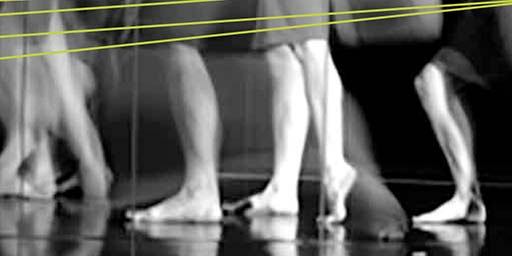The Australian Guidelines for Teaching Dance (AGTD) suggests minimum standards for dance teaching and ways teachers can maintain or upgrade their teaching skills. They have been reviewed in 2022.
It is divided into three sections:
- Effective teaching methods: A checklist of skills, knowledge, considerations and practices that form the basis of good teaching methodology. Some apply to good teachers of any discipline, while others are specific to dance and artistic instruction.
- Safe dance practice: These safe dance practice guidelines include how to set up a safe teaching and learning environment and discuss: safe teaching spaces and performance venues, physical differences and abilities, dance and its impact on the body, and injury prevention and management.
- Professional business practice for studio teachers: These recommendations include ethical, legal and professional standards identified by the dance teaching profession in Australia. We outline business practice including your rights and legal obligations.
Teaching levels
The guidelines identify the different aims of recreational, community and social dance practices (Level 1) and the teaching approach needed to prepare students for a career in dance (studios) and for those involved in formal education settings (Level 2).
A Level 1 teacher might be a generalist school teacher, holiday program instructors or ballroom and social dance instructors. Level 1 should be considered the minimum or base level for all dance instruction.
A Level 2 teacher might be preparing students for a professional career in dance, training non-dance artists (ie. actors, singers) or teaching school dance teachers. They may also be a company director or a dancer/choreographer working as a teacher.


